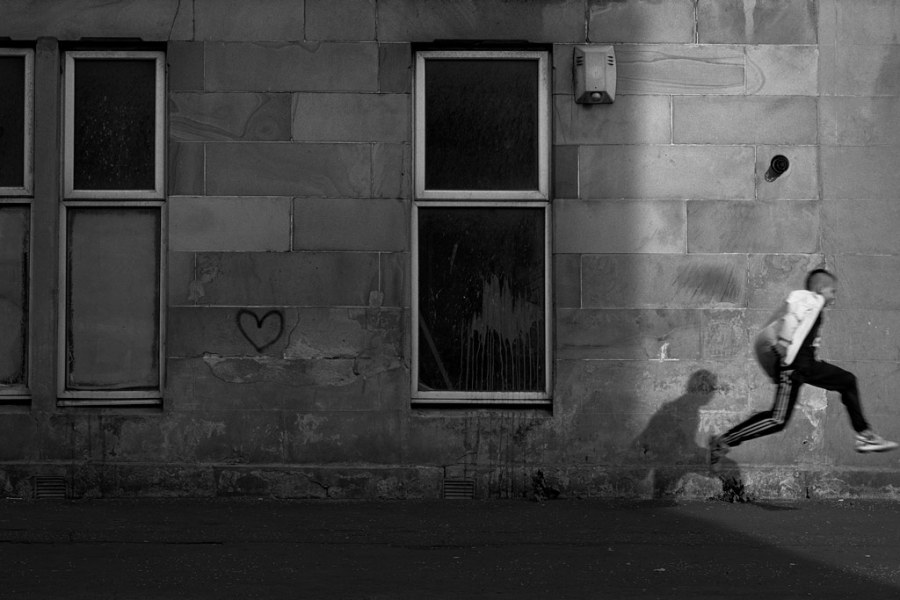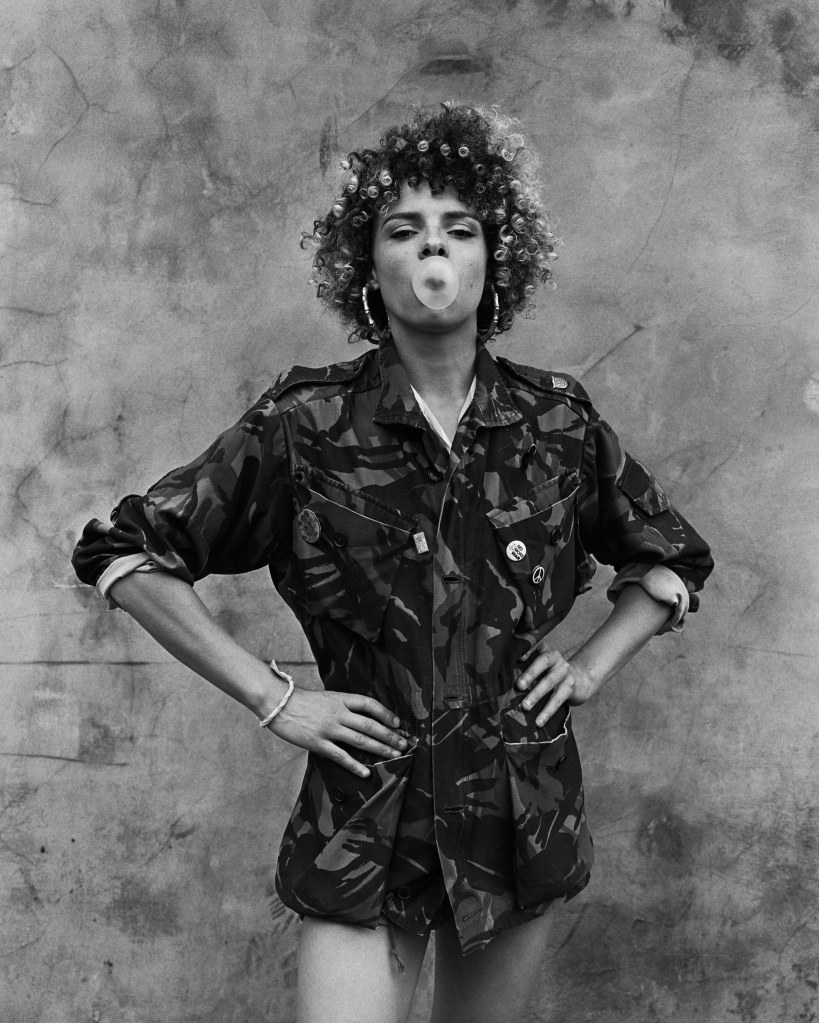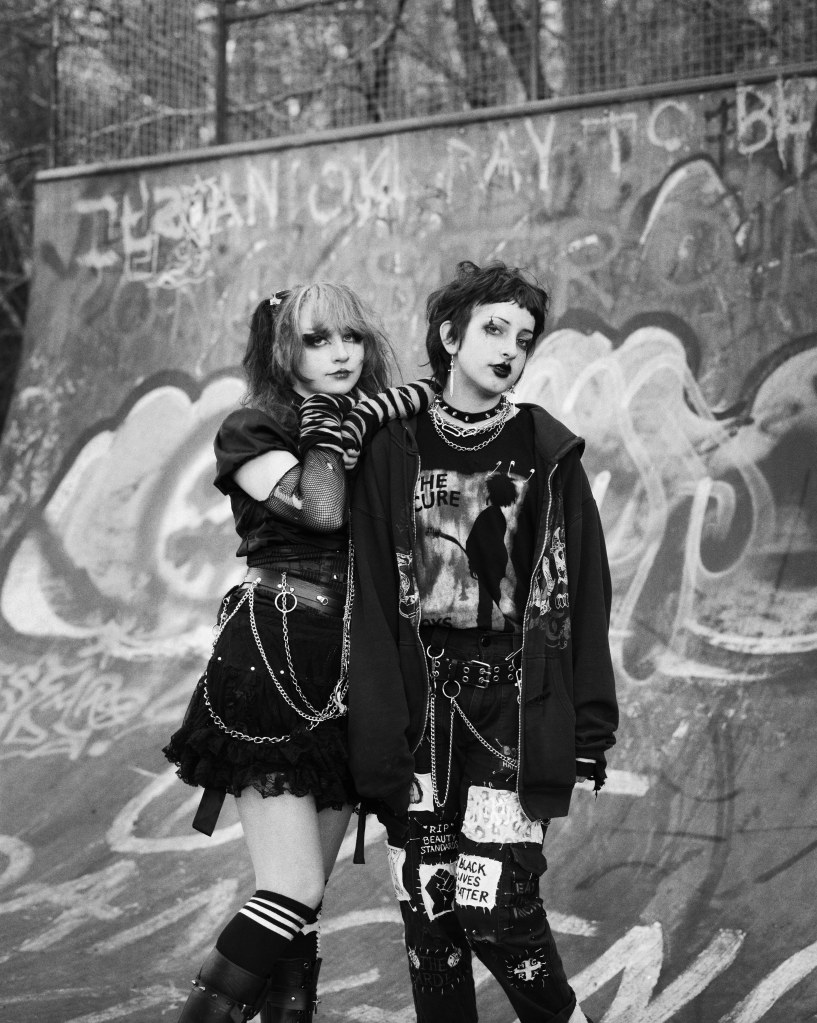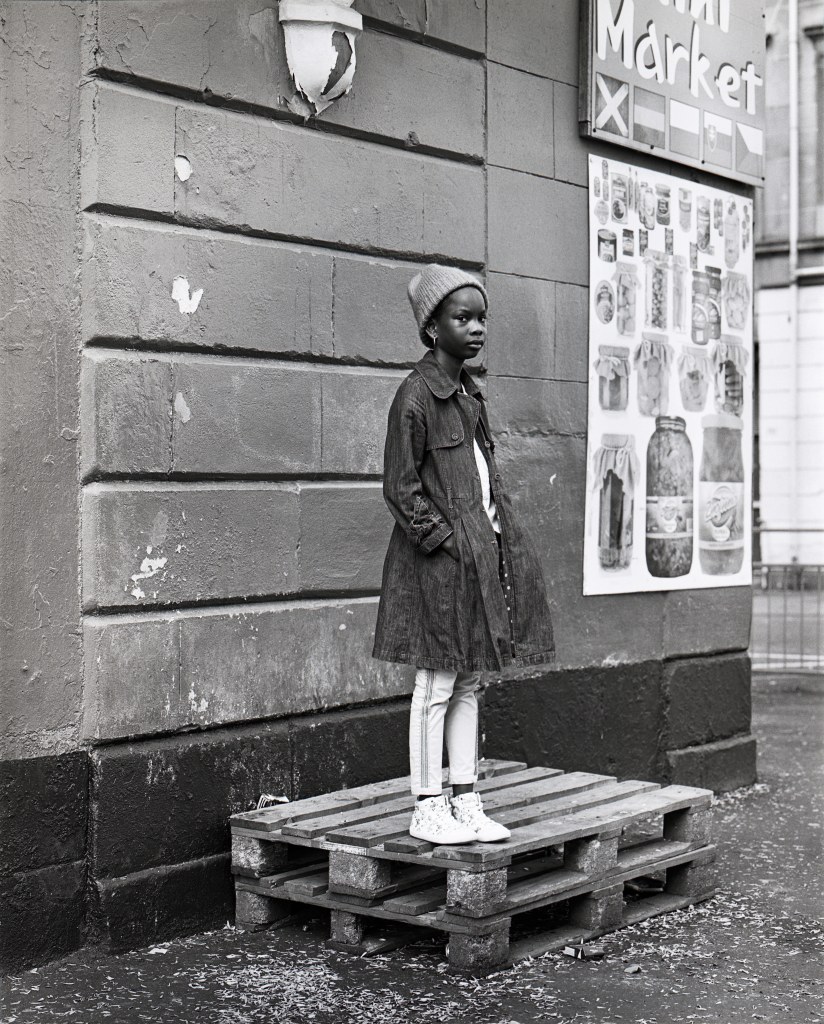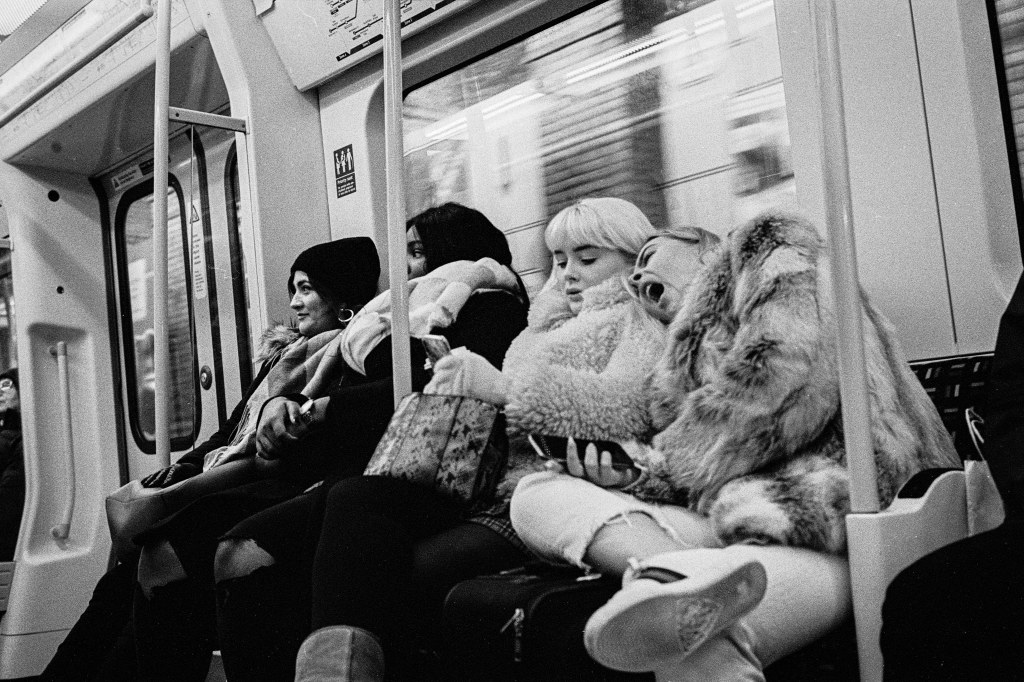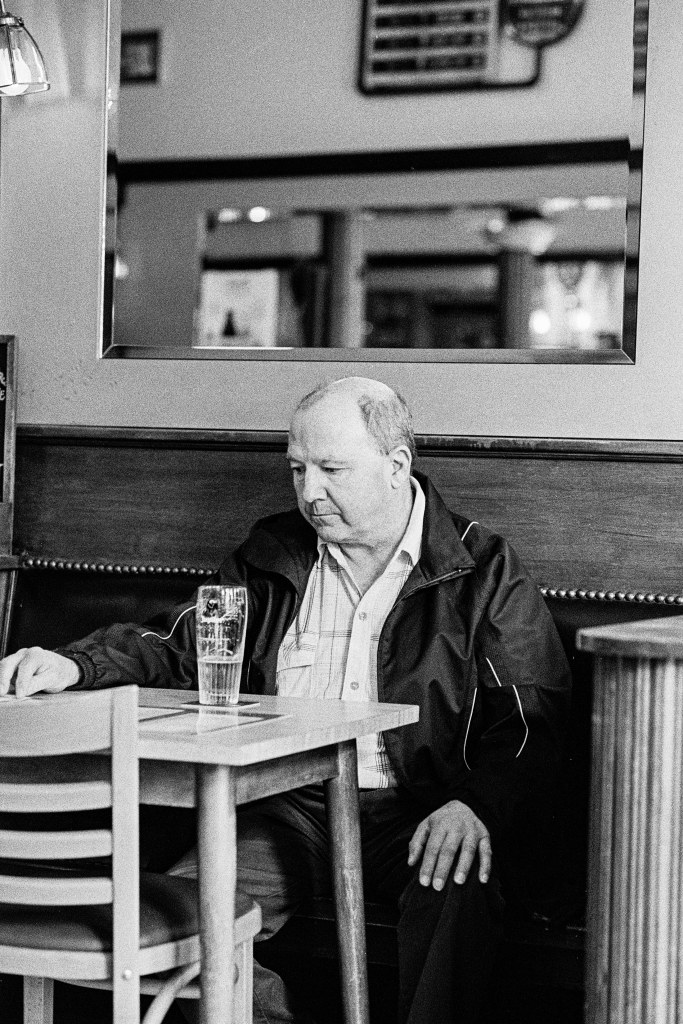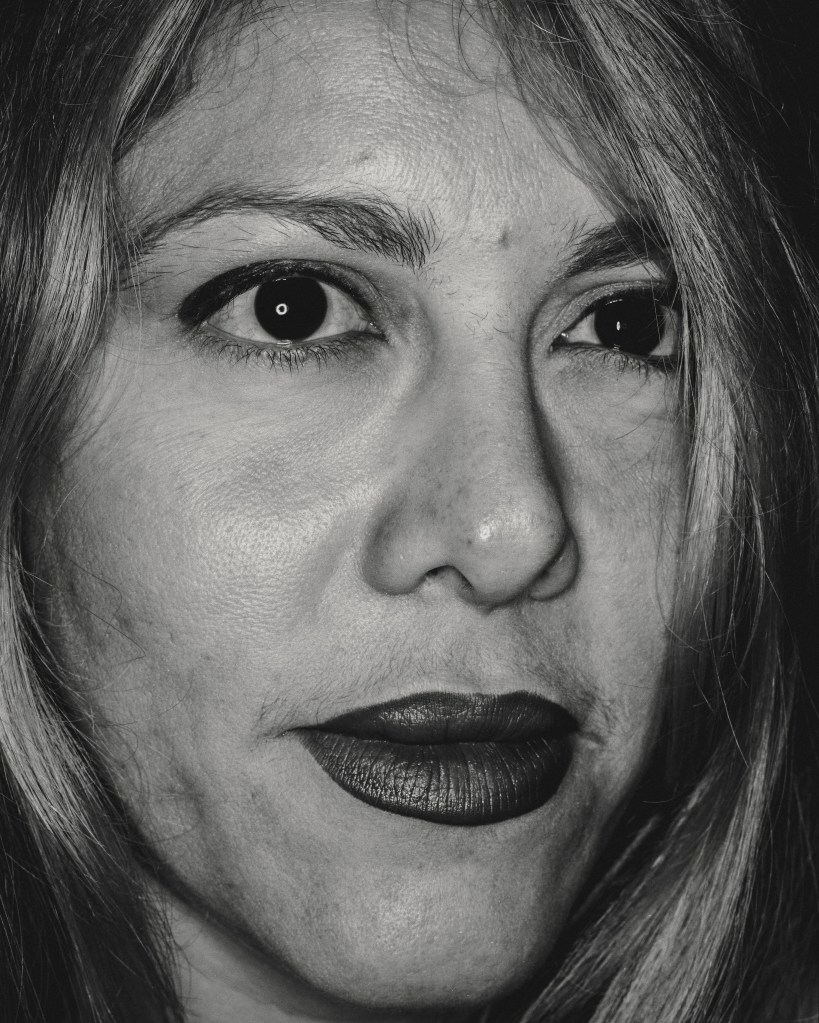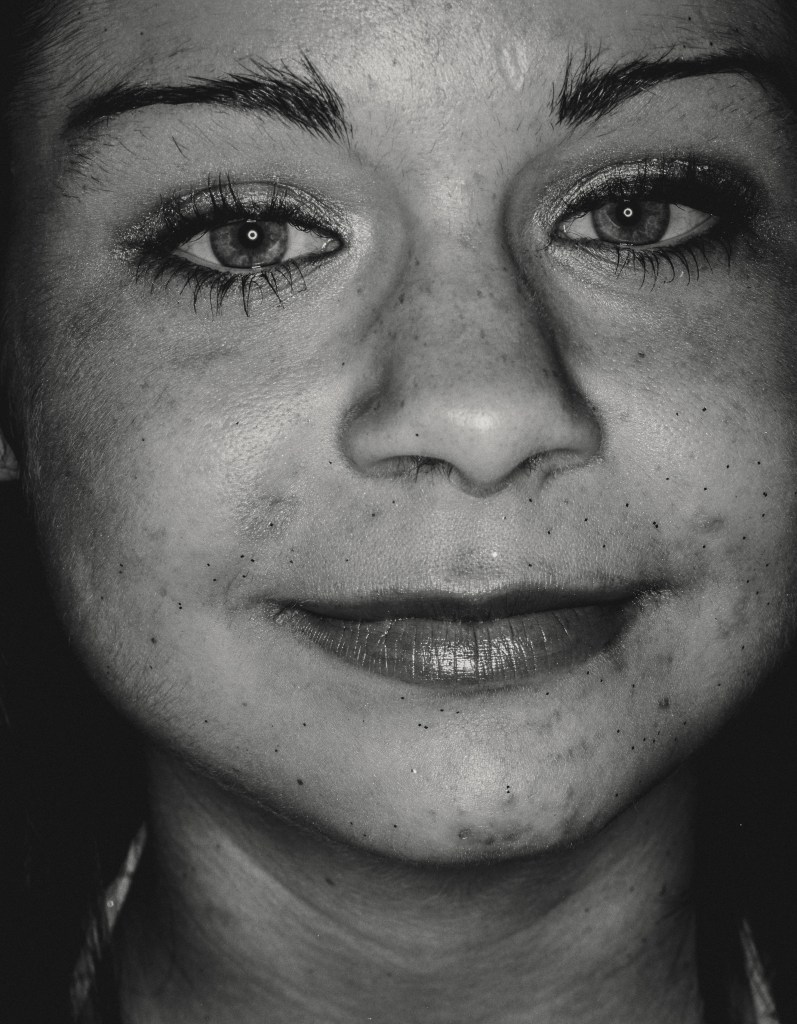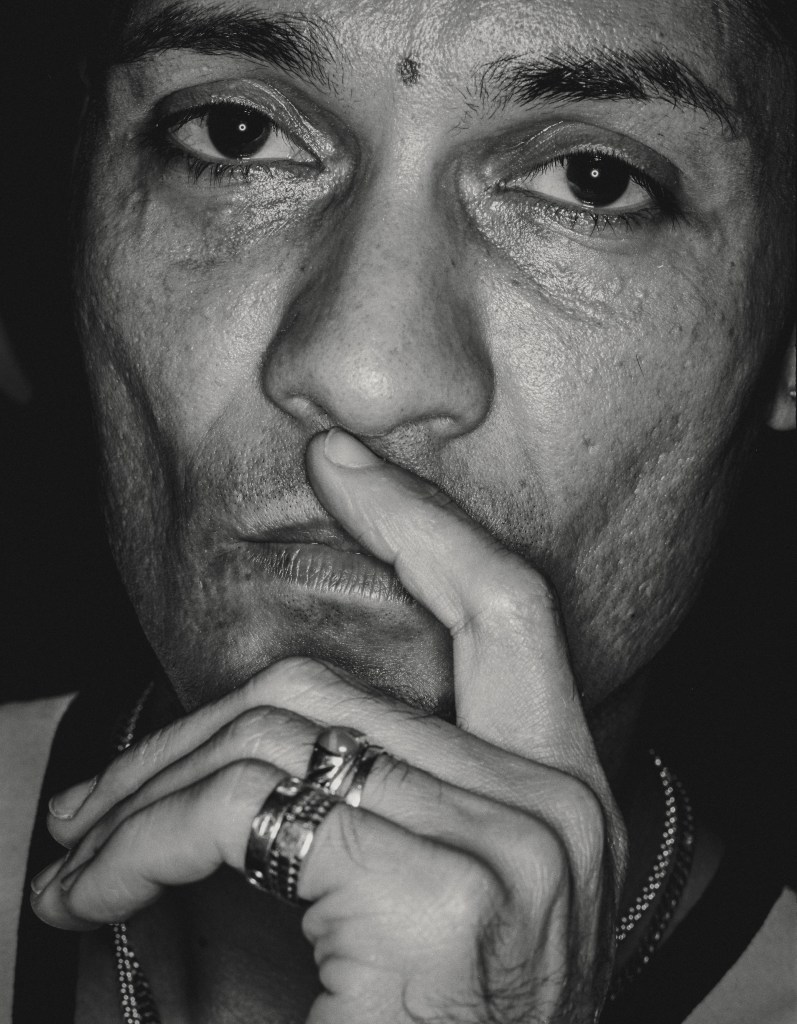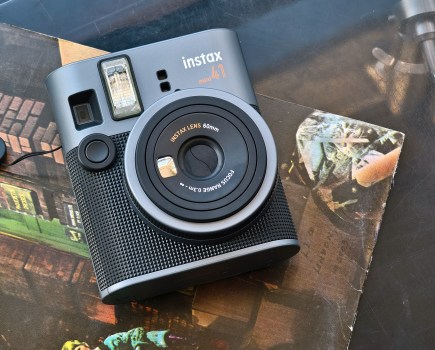Three film photographers share their street-shooting tips and secrets for better results in analogue street photography.
Tips for street photography on film
Analogue Street portraits: Simon Murphy
Just wander
Clear your mind and simply wander. Wandering is a huge part of the process, and you must put the time in. Wander for long enough, and you will tune into the flow of the street and notice the gifts that everyday life throws your way.
Feel the fear
All the best pictures exist just beyond the boundary of fear. Recognise that the process can be nerve-wracking, and some days will feel like you are starting all over again. When you see a picture unfold, push beyond your fears and grab it. You will never forget how it felt to make that picture, and that feeling will help you push for the next one.
Be honest
If you are approaching someone intending to ask them to pose for you, also ask yourself why you want to photograph them. They might ask you this question, too, so be honest and tell them what it was that captured your attention.
Smile
Don’t take rejection personally. A ‘No’ often is just a ‘No, I’m a little busy just now’ or ‘No, I’m not feeling very photogenic’. Smile and thank them for their time; when you meet them again, they might be in a better place to be photographed.
Set mini goals
Orson Welles said: ‘The enemy of art is the absence of limitations.’ Set yourself mini goals and see them through; this will help you focus. A goal could be anything from putting a set amount of time aside to shoot every week, a picture a day, looking for a shape or a colour, or focusing on one small area. A goal or limitation gives you purpose, but never be afraid to break your rules to pursue something better.
Simon’s kit for Analogue Street Photography
Mamiya RZ67 Pro
I use a Mamiya RZ67 Pro with a 127mm lens. I have experimented with other lenses but the camera is heavy and too many lenses weigh me down. I shoot with a carbon fibre tripod: Manfrotto 190CXPRO3 with a Manfrotto 460MG head. Sekonic Flashmate L-308 Lightmeter. Nikon FM3a with 28mm f/2.8 Nikkor lens for 35mm work.
Simon Murphy

Simon Murphy travels extensively, shooting human interest stories which see him photographing a wide range of subjects, from musicians and actors to the Dalai Lama. His project, called Govanhill, focuses on an area in Glasgow’s southside, and the images form a ‘Portrait of the Place’, aiming to give an insight into one of Scotland’s most diverse but deprived areas. The project is about community and diversity.
A major exhibition of Simon Murphy’s photographic document ‘Govanhill’ will be shown in Street Level Photoworks from 14 October to 23 December 2023. The exhibition will coincide with Simon’s first book, Govanhill, published by Gomma Books. www.gomma.store
Instagram: @smurph77
Tips for Documentary street photos: David Collyer
Know your camera intimately
Street photography of any type requires quick reactions to get the best results. Time fumbling with controls is time wasted, and time wasted is time for your opportunity to capture ‘the decisive moment’ to elude you. Ultimately it doesn’t matter what camera you use, as long as it suits you. I prefer rangefinders because I like to look outside the frame as a scene evolves, but a small point-and-shoot can be superb too. Subtlety and being unobtrusive will pay dividends.
Learn how to zone focus
If it was good enough for Henri Cartier-Bresson, it’s good enough for all of us. You won’t regret it. Assuming you use a manual focus camera, and I’m guessing most will be, zone focusing saves time. On any given focal length lens, each aperture will give a depth of field where the focus is deemed acceptably sharp. A scale on the lens barrel will show aperture numbers mirrored on either side of a central line. Marry this to the lens’s distance scale, and any distance between two identical f-stops will be in focus.
Don’t listen to gatekeepers
Many people will be keen to tell you what is and what isn’t street photography. From my perspective, if I’m shooting on the street, it falls into that category. Much of my documentary work is shot on the street and evolves from scenarios that I see into what could be termed environmental portraits. Being too prescriptive only serves to limit the genre, not enhance it.
Be prepared to engage
Have a disarming smile, and work on your conversational skills for when you get spotted. I’m a people person. When I was younger and less experienced, lacking in confidence, the camera was a device to hide behind. Now it’s a great device to meet people. I’ve made some very good friends through shooting on the street. I always carry cards with me. Hand them out when people want to know why you’re photographing them. It makes you seem legit, and from my experience, it helps to sell prints, and selling prints buys more film!
Celebrate the subject
Shoot to celebrate the subject or subjects of your work, never to humiliate. That’s my personal code. We are a rich and diverse species to explore. I’d rather capture a quirky moment or one imbued with intense emotions than make a spectacle of someone because they are easy to poke fun at in a judgemental way. Going for the cheap shot is ultimately pretty lazy in my opinion, and it’s also likely to one day get you punched or, even worse, get your camera broken!
David’s Kit for Analogue Street Photography
Rangefinders
I’m a big fan of rangefinders. I’m lucky enough to have a couple of Leicas, an M3 and an M6, and my go-to lens is the Summicron 40mm F2. It’s tiny and very underpriced.
I also occasionally use an Olympus XA3. Perfect pocket camera. I use Billingham bags and have done so for almost 30 years. They last forever and have never leaked or let me down. My film stock is almost exclusively Ilford HP5+, as it’s so versatile. I can pull it to ISO 200, or push it all the way to 3200 with no problems. The other thing I always have in my bag is a Sekonic L-308 light meter. Add a bottle of water and a Kit-Kat, and I’m set for a day on the streets.
David Collyer

David Collyer FRPS is a South Wales-based photographer and the current RPS Documentary Photographer of the Year. He shoots almost exclusively on film.
Website: www.davidcollyerphotography.com
Instagram: @david_collyer_photographer
Tips for close-up analogue street portraits by Benedict Brain
Get to know your kit
Know your equipment inside out and back to front. For this set of portraits, taken on the streets of Miami Beach, I knew that I wanted all the images to look and feel stylistically similar, so I perfected the settings, the flash power and the distance I would be from the subject and so on before I went out to make photographs. I even shot a practice roll on friends. This meant I could concentrate on connecting with the subjects and work swiftly without fiddling with settings. Treat their time as precious and your fleeting time with them as a privilege.
Connect with your subject
A big and bulky Mamiya medium format camera, macro lens, and ring flash is quite an imposing rig to shove in someone’s face; there is nothing discreet or unobtrusive about this set-up. I do not like picking off sneaky shots from a distance with a telephoto without the subject’s knowledge, but this is the other extreme. I had to work very close to the subjects so making a connection and engaging was vital. I like the intimacy but also the tension that this intrusion can create.
Trust your intuition
Making portraits of people you don’t know in the streets can be intimidating. While you need to be acutely aware of your surroundings, trust your intuition and move on if things feel awkward, tense or threatening. Most of the time, it’s not as scary as you might think, and people are willing to have their portrait taken. If they say ‘no’, that’s fine too; it’s unlikely to be personal, just thank them and move on. I always carry business cards and offer to send them a print or digital file. I have made some great connections all over the world as a consequence. It is one of the joys of making street portraits.
Plan your process
I tend to use black & white film for my analogue street portraits, partly due to cost. I don’t have a darkroom at home, so I process film in my kitchen sink and then photograph negatives using a copy stand, light box and digital camera. This hybrid process is relatively cost-effective, although I’d love to spend a month in a darkroom with my big box of negatives. Aside from the cost, I tend to ‘see’ street portraits in black and white.
Previsualise
Think of the final print and work towards that. These street portraits were made as part of a commission looking at Miami night life and the final prints were destined for the gallery wall. I made large 20x24in prints. The portraits were bigger than life size and quite imposing once framed. This helped reinforce the engaging intimacy that my forensic, close-up approach sought to explore. Having this previsualised final vision in mind helped inform the process.
Ben’s kit for Analogue Street Photography
Mamiya 645 Pro
I use a Mamiya 645 Pro with a couple of lenses for my analogue work and this is what I used for this work. I also use a Nikon F3 with a 50mm f/1.4. I mainly shoot Ilford FP4 and Kodak Tri-X. l’ll shoot colour negative if I can afford the processing. For this project I used a macro lens on the Mamiya and a ring flash.
Benedict Brain
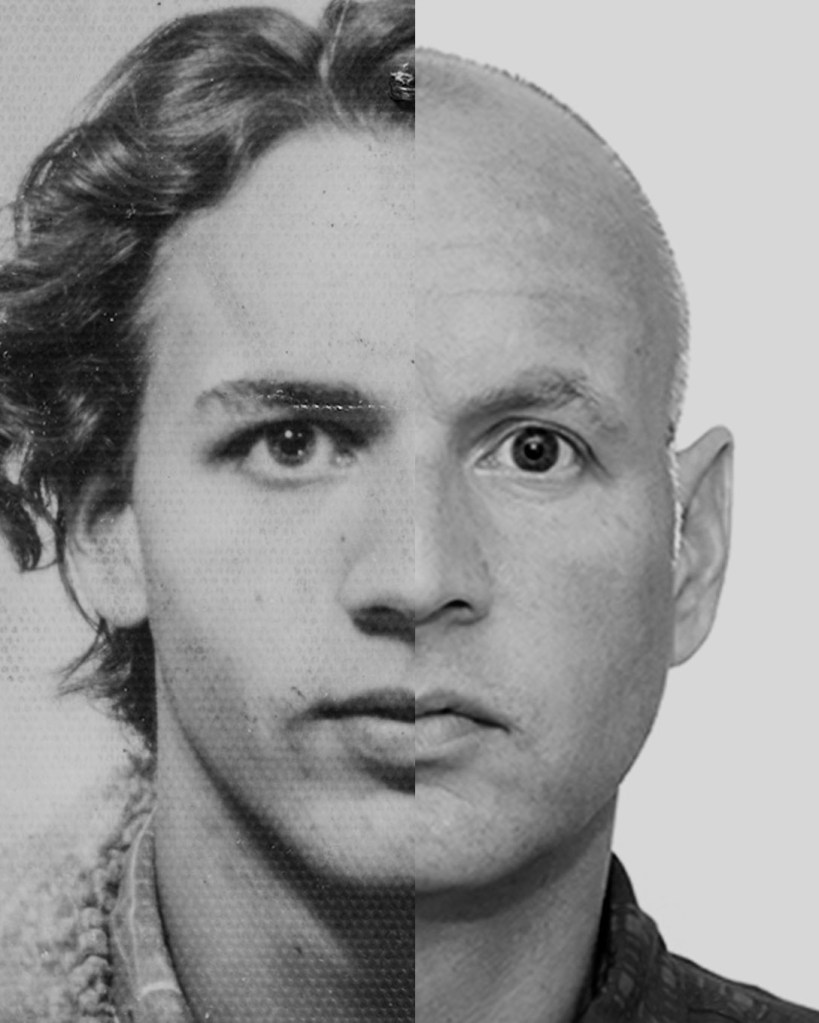
Benedict Brain is a UK-based photographer, author and award-winning journalist. He balances his personal practice with writing about photography and running photography workshops. His first book was published by Ilex Press in 2023. He founded Potato Photographer of the Year in 2020 and travels internationally as a public speaker, talking about the art and craft of photography.
Website: www.benedictbrain.com
Instagram:@benedict_brain
APOY 2023 Round 7 Street Photography is now open click here to submit your images until the 21st August 2023.
Further reading on film and street photography:
Analogue:
New to film photography? Find out how to get started.
- How to get creative with analogue
- Best 35mm SLR cameras with manual focus
- Intro to medium format film photography
- How to do film photography on a budget
- Developing at home
Street Photography
Follow AP on Facebook, Twitter, Instagram, YouTube and TikTok.

